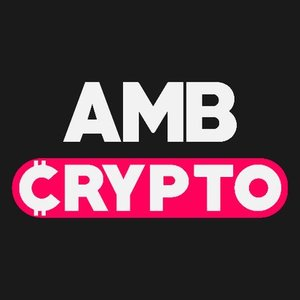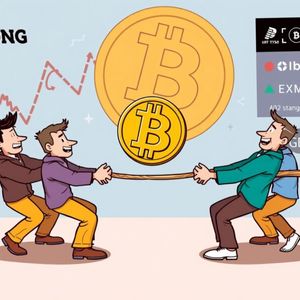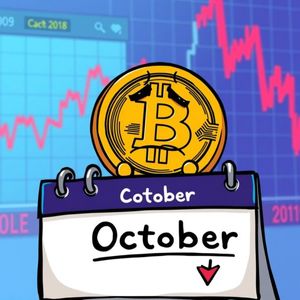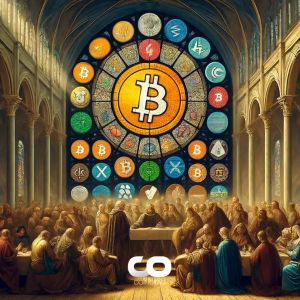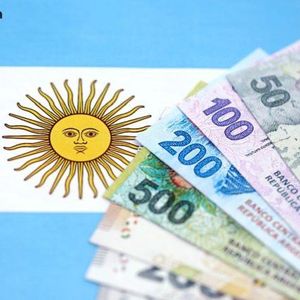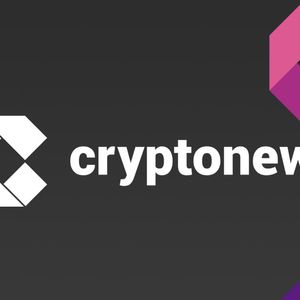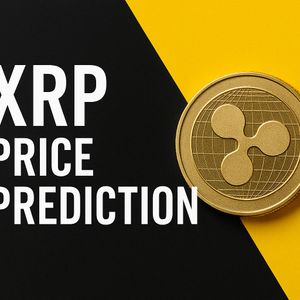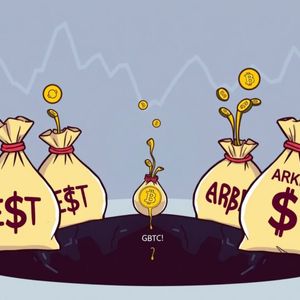The notion that Ripple’s XRP Ledger (XRPL) could integrate with SWIFT, the world’s dominant interbank messaging network, has often been framed as a competition. Yet, the reality unfolding beneath the surface tells a different story. The convergence of blockchain technology and traditional finance is no longer a theoretical concept. It’s being made possible through standardized messaging frameworks, secure internet protocols, and gateway architectures that bridge both ecosystems. The Foundation of Interoperability: ISO 20022 Alignment At the core of this potential integration lies ISO 20022, the new global financial messaging standard adopted by SWIFT and increasingly supported by blockchain networks like XRPL. This standardized data model allows payment messages from Ripple’s technology stack to be formatted and interpreted seamlessly within SWIFT’s system. Ripple’s network, including RippleNet and the XRPL, is fully compatible with ISO 20022, meaning its message structures, payment instructions, settlement data, and metadata can be natively translated into SWIFT-compliant messages. RIPPLE/XRPL CAN SEAMLESSLY INTEGRATE WITH SWIFT THROUGH STANDARDIZED AND SECURE INTERNET PROTOCOLS Documented 4x. https://t.co/s2nRfB4ZYF pic.twitter.com/BqNVNwFdFw — SMQKE (@SMQKEDQG) October 23, 2025 This shared standard eliminates one of the main barriers between distributed ledger technology (DLT) and traditional interbank infrastructure: the language of financial messaging. The Role of Secure Internet Protocols and Gateways According to SMQKE, which shared insights about this interoperability on X, Ripple, and the XRPL can integrate with SWIFT through standardized and secure internet protocols. These protocols enable encrypted, authenticated communication between financial institutions and blockchain networks. In practice, gateway services act as intermediaries — translating SWIFT MT/MX messages into XRPL transactions and vice versa. These gateways handle key regulatory requirements such as identity verification, anti-money laundering (AML) checks, and settlement confirmations, ensuring that compliance and auditability are preserved on both sides. Ripple’s use of secure APIs (like REST/JSON frameworks and ISO 20022 wrappers) provides the technical infrastructure for this two-way communication. The result is a system where a payment initiated through SWIFT can settle instantly on XRPL without altering existing banking workflows or compliance systems. We are on X, follow us to connect with us :- @TimesTabloid1 — TimesTabloid (@TimesTabloid1) June 15, 2025 Fintech Connectors: The Practical Integration Path Rather than a direct corporate partnership between Ripple and SWIFT, the integration is being realized through fintech connectors and liquidity providers that operate across both networks. These entities maintain SWIFT connectivity while simultaneously managing XRPL-based settlement rails. Such connectors are already emerging within Ripple’s partner ecosystem. They allow banks to route payments via SWIFT messages while leveraging XRP’s On-Demand Liquidity (ODL) mechanism for instant cross-border settlement. This hybrid approach maintains the global coverage of SWIFT while integrating the speed and cost-efficiency of blockchain settlements. Why This Matters for Global Finance The implications of this model are transformative. By enabling SWIFT participants to access XRPL settlement channels, financial institutions can drastically reduce transaction costs, settlement delays, and liquidity risks. Moreover, the alignment with ISO 20022 ensures that reconciliation processes remain standardized and interoperable across institutions. This integration represents a future where legacy systems and blockchain technology coexist, not compete. SWIFT retains its role as the trusted global messaging backbone, while Ripple provides the modern liquidity and settlement layer needed for the digital age. In conclusion, the insight shared by SMQKE underscores a crucial evolution in global finance: Ripple’s XRPL doesn’t need to replace SWIFT; it can connect to it. Through ISO 20022 alignment, secure internet protocols, and compliant gateway systems, XRP can become the settlement bridge within SWIFT’s messaging universe. In essence, the “seamless integration” is already technically viable. It’s the logical next step in financial infrastructure, where blockchain speed meets institutional scale. Disclaimer : This content is meant to inform and should not be considered financial advice. The views expressed in this article may include the author’s personal opinions and do not represent Times Tabloid’s opinion. Readers are urged to do in-depth research before making any investment decisions. Any action taken by the reader is strictly at their own risk. Times Tabloid is not responsible for any financial losses. Follow us on Twitter , Facebook , Telegram , and Google News The post Ripple (XRP) Can Seamlessly Integrate With SWIFT Via This Means appeared first on Times Tabloid .



